As fire season rapidly approaches, now’s the time to prioritise preparedness for the long hot summer we’re set to endure. Packing a bug out bag is essential.
No one expects a rushed evacuation from their home will happen to them, but the unpredictability of our weather patterns as a result of climate change means we all need to be prepared for the unthinkable.
Whether it’s fire, flood or another natural disaster, having a bag packed with enough basics that can take care of you and your family for a few days in the event of an unforeseen evacuation is a must.
Most people would be aware of what to include in a basic emergency evacuation bag (or “bug out bag”) – items like important documents, a radio and batteries to keep across your local emergency bulletins and information, as well as water, toiletries and some cash.
But stopping and thinking about other items it should include if you happen to come across a fire while in the process of evacuating, or worse, if the unthinkable happens and your home is impacted by a natural disaster, will ensure you’re adequately prepared.
The basics to pack in your bug out bag
Regardless of where you live, every Australian household should have an emergency bag packed this summer. Once ready, it should be kept somewhere where it’s easy to access like at the door you’re most likely to exit from, or already in the car you’re most likely to evacuate in.
A woollen blanket
A woollen blanket is a must. Wool is a fire retardant, so as well as providing warmth for you and your family during the night, it can be used to smother spot fires if needed, or to shelter under if your vehicle becomes trapped. Check the tag and ensure the blanket you include is 100 percent wool.
Plenty of water & some food
Pack enough water for each family member – one refillable bottle each is a good start – and don’t forget to include enough to keep any pets you’re taking with you hydrated too. A small amount of non-perishable food is an excellent idea, especially if you have kids in tow, and again, don’t forget food for the pet and a lead so it doesn’t wander off.
Important documents
Documents such as passports, birth certificate and other forms of identification is a must, not just in terms of keeping them safe, but if the unthinkable happens and you need to use them to prove your identification.
For the same reason, it’s also a good idea to have a copy of one of each of your utility bills and your home and or car insurance details. You might consider saving soft copies of these documents, along with some digital copies of photographs onto an external storage device for safe keeping.
A radio, batteries & torch
An FM/AM radio that doesn’t rely on phone signal is a must, as well as spare batteries, a torch or two will prove a saviour when the sun goes down.
Some cash
A small amount of cash will be handy if telecommunication towers mean shops can’t accept card payments.
Clothes & toiletries
Basic toiletries for you and your family, as well as a change of clothes (a sturdy pair of leather gloves is advisable too), will ensure there’s some semblance of normality when you reach your destination and need to stay for a couple of days.
Power bank & chargers
A charged power bank and associated charging cables for your devices will mean you can stay in touch with friends and family.
Anything else you should pack in your bug out bag?
As well as the list of basic items every bug out bag should contain, if you live in an area particularly prone to fire, you should consider including cotton fire-fighting overalls or woollen clothing, sturdy boots and gloves, a helmet or wool beanie and a full facemask (with silica around the face) with N95 filters. It’s critical to protect your hands, face and ability to breathe during a fire.
If you need to fight a fire or stop to clear a fallen tree while trying to evacuate, you’ll be far safer. Depending on where you live and your skills, throw a saw (hand, fuel or battery operated) and axe in your vehicle. Evacuating earlier is always safer but fallen trees or a flat tyre can happen to anyone, so if you have two vehicles why not travel out together so you have a back-up.
Technology
If mobile towers are damaged, there’s tech you can put in place such as satellite internet powered from remote solar, but at the very least good quality waterproof walkie talkies will prove invaluable.
Even these have come a long way; you can buy units now which allow you to listen to two channels at once – your road channel and your local fire emergency channel, for instance – as well as having a radio function to start across alerts and weather updates.
Entertainment
It may seem strange to think about some light entertainment in such a serious context, but if you find yourself in an evacuation centre for more than a couple of days, keeping yours and or your kids’ minds busy during frightening events is really important.
This might be as simple as including a pack of cards, or a small compact game your family can play such as Bananagrams, Uno or even a small ball you can keep the kids (and the dog) entertained with.
Just do it
Being prepared will not only help you enormously in the event of a natural disaster, it’ll keep you calm and help you to make well-considered decisions.
Having an emergency bag is a big part of fire preparedness and something every Australian household should have regardless of where it’s situated.
Instead of adding a bug out bag to your to do list, put aside some time this week and get the wheels in motion. It’s a critical move you will not regret.

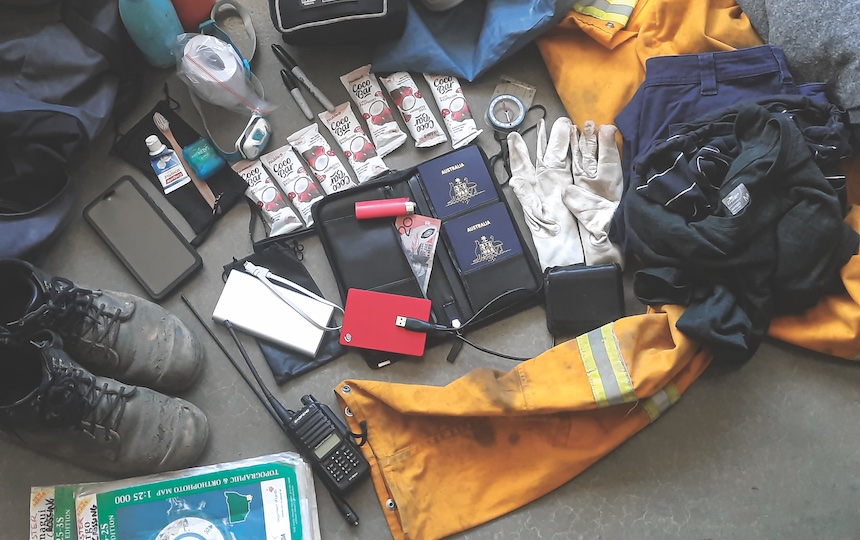
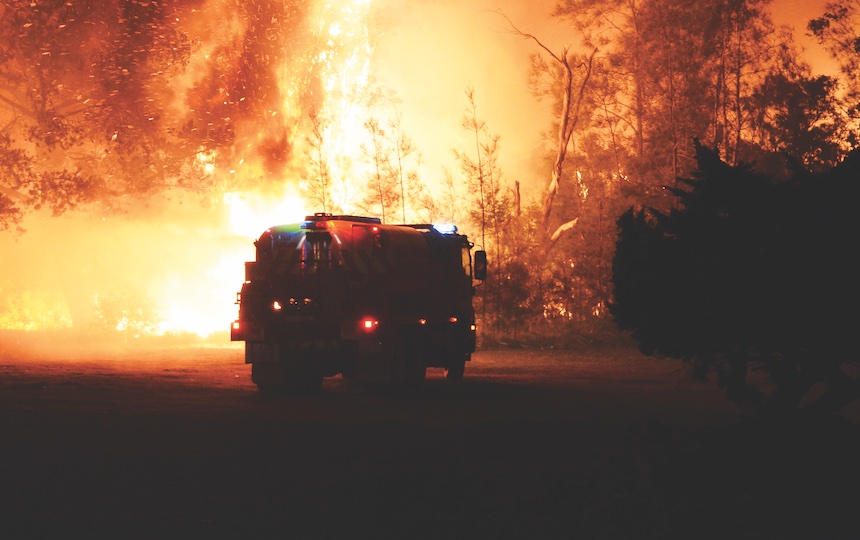

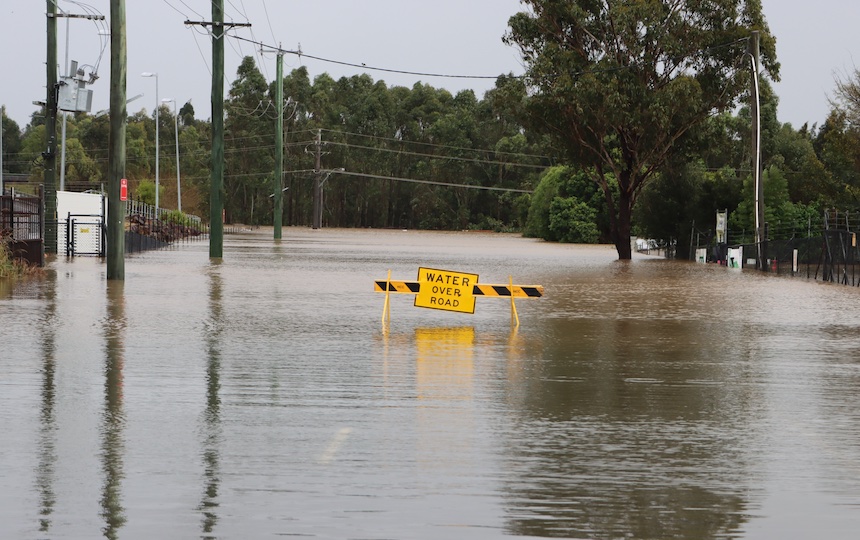
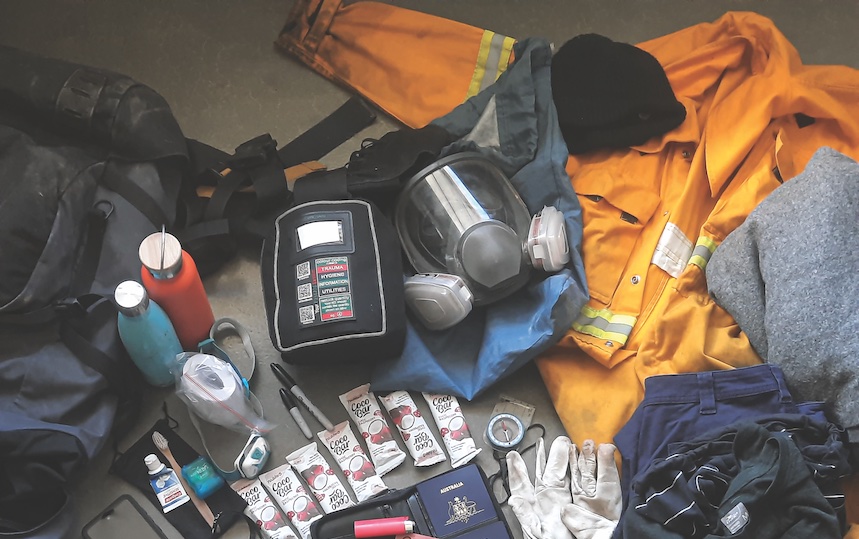
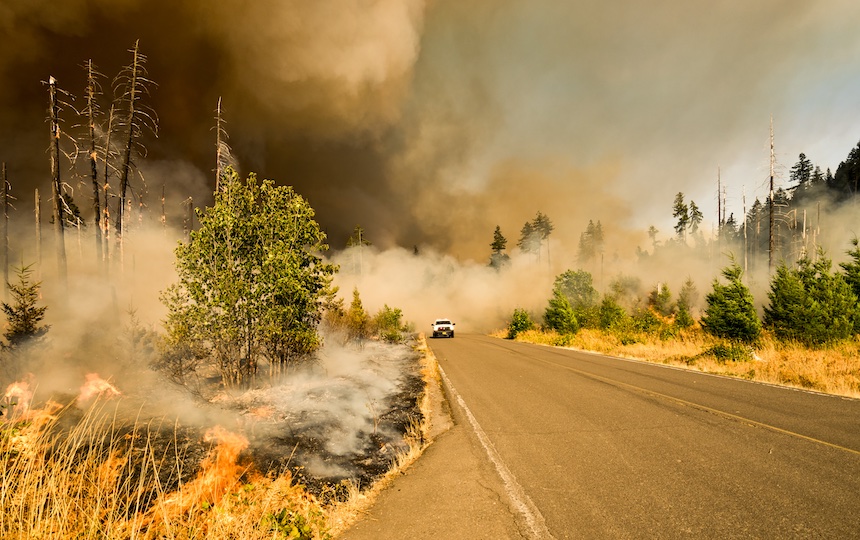
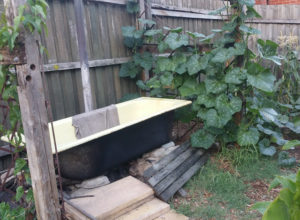

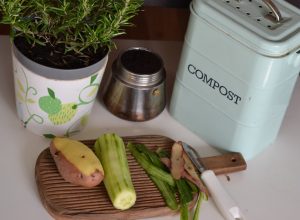
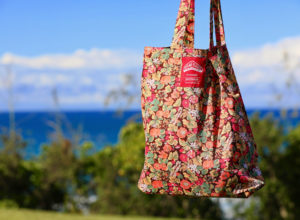




Make sure you have essential medications in the bug out bag. Put your next full bottle of medicine in the bag and rotate it out as you use the one you are using for daily medication. This keeps medications in date and a sufficient amount available should you be required to be away for a long period of time.